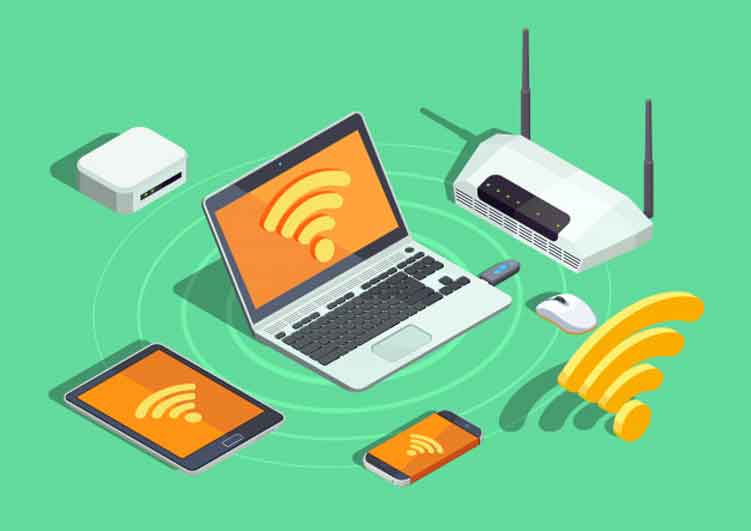Mayor Boris Johnson and Transport for London (TfL) have confirmed that 120 of the 270 underground stations which make up the London Underground system are set to have access to wifi before the Summer Olympics open in late July 2012.
Following a six-month trial at Charing Cross Station, which was deemed successful and is ongoing, TfL will be announcing the selected access provider for these stations and platforms, expected by spring 2012. The service will not be accessible from inside the tube’s carriage cars once they leave the station platforms, as this aspect of extended coverage is currently shelved.
Good news?

The story has received wide coverage in London in January 2012. An estimated four million travelers per day use the massive and dated underground transport system which covers 250 miles of track throughout Greater London. Some people say the tube is already too crowded and noisy as it is. Some have fears about terrorism activity. Others say this is the 21st century, after all. Still others are skeptical, claiming that not much ever gets done on time in London. According to a recent report in the Guardian, TfL officials are saying that plans are on schedule, although the provider announcement had been expected late in 2011.
Is there a catch?
What will the extent of the free service be? Will tube riders only receive a stream of journey-related information, weather and headline news? Or will commuters be able to access their own data providers via free hotspot throughout the underground? What security arrangements are being made? None of the latest information answers these questions, so residents and visitors alike are watching and waiting for more complete information.
Deep and old
Some of London’s tube stations are very deep underground, the deepest being in Hampstead which is situated on a steep hill. That platform is 192 feet below ground with an emergency exit of 320 stairs up. Riders on the Jubilee Line, with its 1999 extension serving Canary Wharf, know that it usually takes an additional escalator down to reach its tunnels which have a maximum depth of 105 feet below ground level. And then there is the frequent congestion at tiny Covent Garden tube exit. Wait for the lift or head for the 193 stairs up to get out? We took the stairs to avoid the theatre crowds and enjoyed some giggles with others on the way up. Fascinating key facts about this old system (1863) are found on the TfL website.

Berlin, Seoul, SIngapore, Tokyo, New York
London is not first, but will not be alone, among major cities adding wifi. According to a report in Mashable.com, New York City is looking at a similar arrangement for stations and platforms, although not deep inside the tunnels, following a trial at four Manhattan West Side stations in Chelsea and on parts of the train service, Metro-North. Berlin has wifi in trains and tunnels while Singapore, Seoul and Tokyo are forging ahead, so it seems only a matter of time, carving out the technology and the business model for profitability.
Not cheap
Adult travel cards for zones 1-6 across 12 underground lines are currently priced at £5.30 (about $8) per day for adults. It is a good idea to check the Transport for London web site for a tube map, interactive journey planner and information on how the Travelcard and the Oyster Card function before heading for a London holiday. One can spend a good deal more by purchasing single or return journeys one by one, rather than planning ahead for the day or for the week.











 B12 Deficiency Symptoms can Present as Anemia or an Itchy Tongue
B12 Deficiency Symptoms can Present as Anemia or an Itchy Tongue